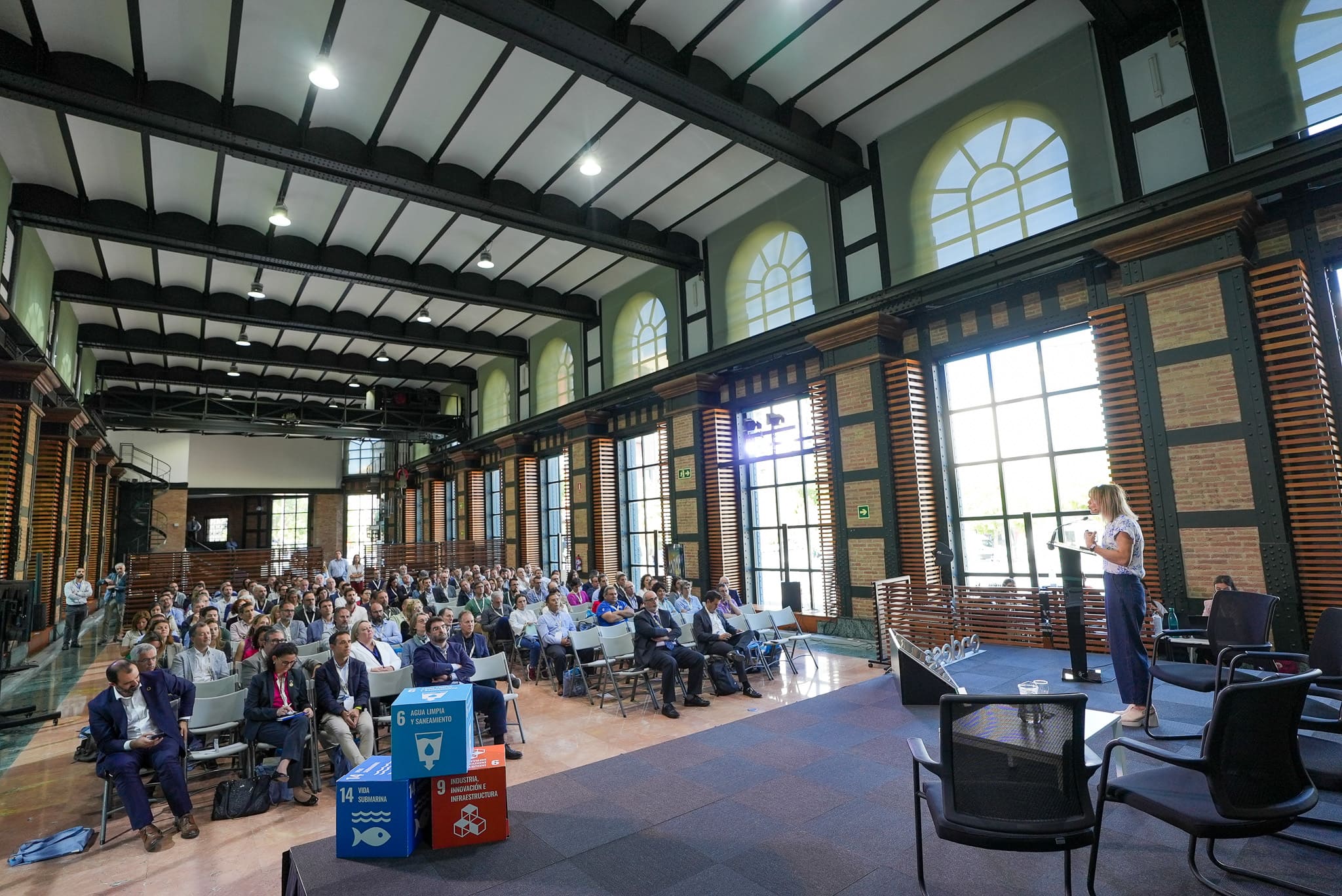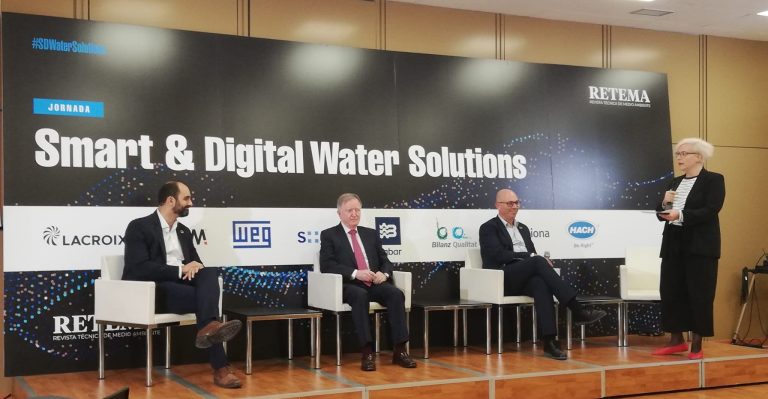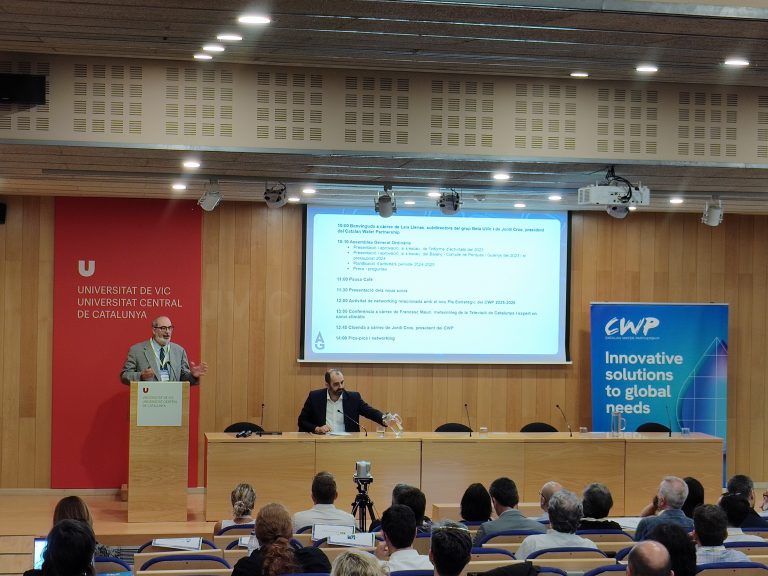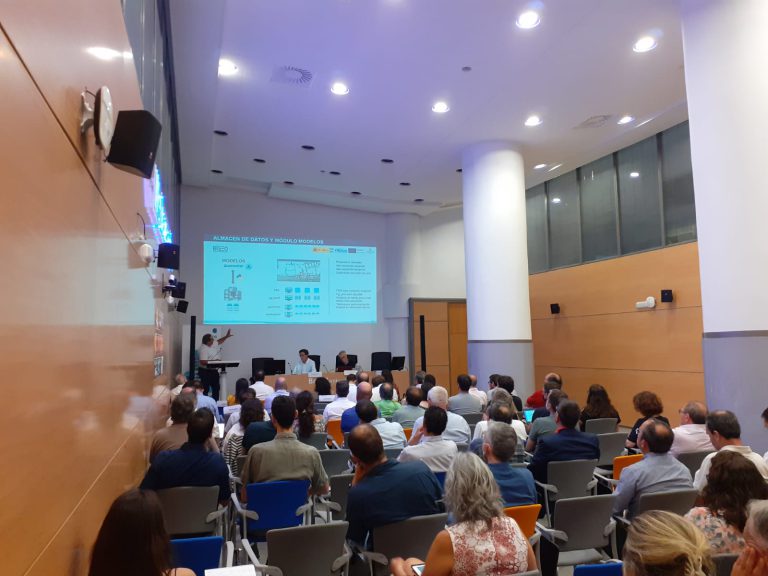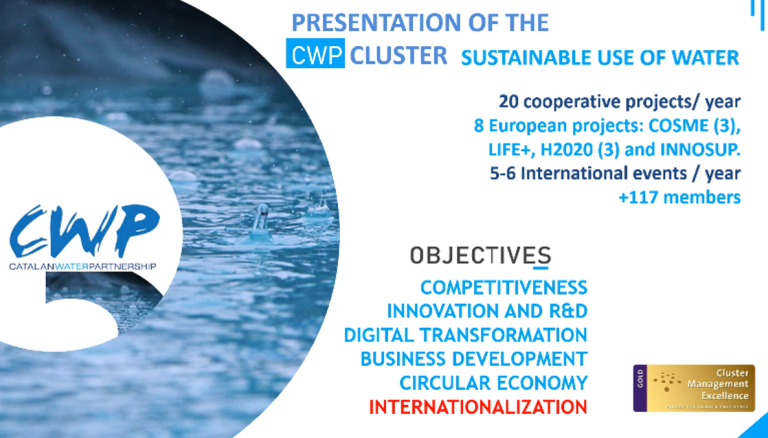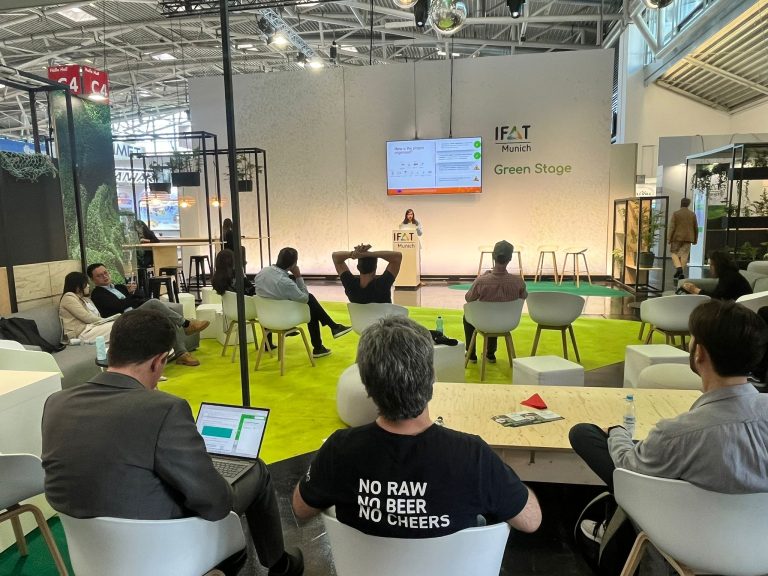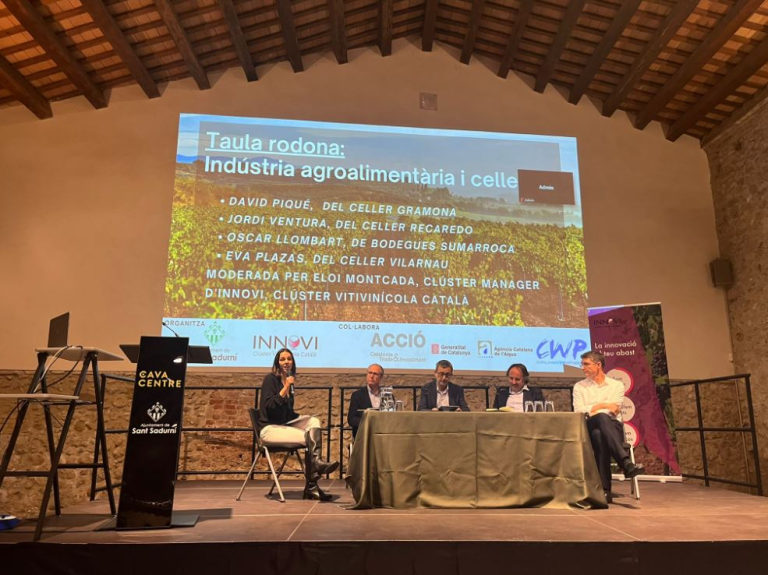The CWP exceeds the 100 days organized and also with more than 5,500 participants, focused on the current context of drought
- Since January 2023, the intensification of the drought has led to an increase in activity and participation in conferences by the CWP team.
- Technological and digital projects and solutions from associated entities for all productive sectors and public administrations were presented at the conference
Since 2020, Catalonia has been living in a context of pluviometric scarcity that has been getting worse as the years have progressed. Since the Glòria, the last notable rainy episode that was experienced, the territory does not accumulate the amounts of water and snow that would be expected. This has led to a decrease in the flow of the rivers and consequently, that the swamps have dropped to minimum levels in the internal basins, where the current reserves are at 17.65% on April 9, 2024.
The last drought of a similar magnitude occurred in the period 2005-2008, but the current one is being the most severe that has been experienced due to its continuity, magnitude and intensity. This has forced the activation of the drought plan and has led to the fact that currently the localities affected by the Darnius-Boadella system are already in emergency phase 2 and that the rest of the internal basins are in phase 1, and is that since January 2023 the sessions aimed at the various sectors and entities affected by the drought have been significantly intensified.

Photo 1: Day celebrating the 15th anniversary during the presentation by Araceli Segarra, the first Catalan and Spanish woman to summit the summit of Everest
In this context, the Catalan Water Partnership, the cluster for the sustainable use of water in Catalonia, has organized and participated in more than 100 conferences in the last year related to the subject, where it has been able to present to more than 5,500 people the R&D, circular economy and digitization projects on which the cluster has worked and is working, and which have a direct impact on the drought. Some of them are focused on sectors where the drought has repercussions at a high level of economic impact, such as the agri-food and tourism sectors. In this case, the Wat’Savereuse, Smarth2Otel and Smarth2Otel 2.0, Watertur, Wellliance, IKAT and Sentinel projects should be highlighted within the tourism sector. On the other hand, we should highlight those projects and collaborations with the agri-food sector, such as the VECOLI project or Viceracutting, which have been shared in various Forums and conferences with clusters. Likewise, the CWP has held many of these conferences with the industrial sector, in some cases with more than 500 attendees representing Catalan Industry.
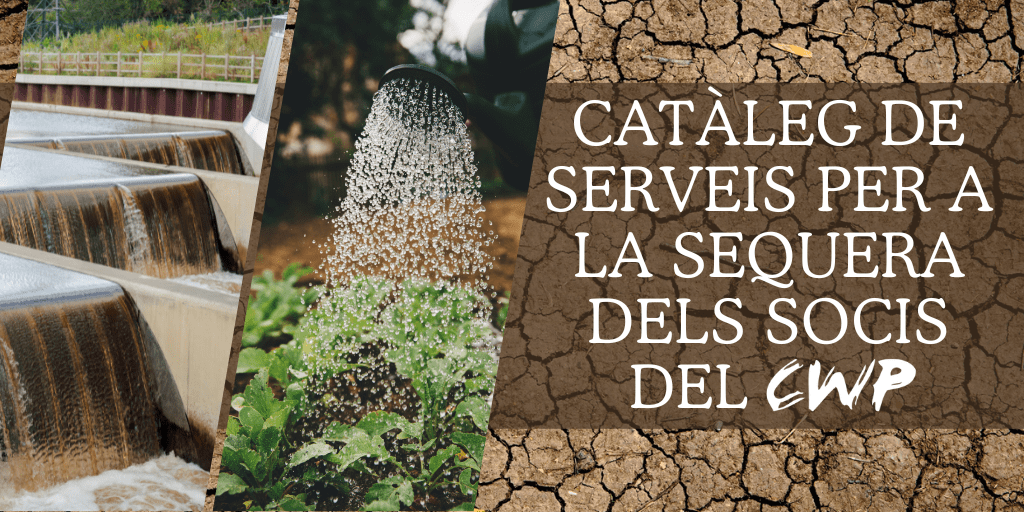
With the aim of mitigating the effects of the drought and finding solutions through innovation and digitalisation, innovative technologies from the entities associated with the cluster have been presented, to respond to the challenges presented by the situation. The technologies have been applied in different areas that include sectors such as sports, industry, tourism and agriculture. This effort also resulted in the creation of the Catalog of solutions and services to deal with the drought, which can be downloaded from the CWP website.
The conference also discussed precedents and successful cases implemented in regions that also suffer from water stress, such as California (in the United States), Australia or Singapore, among others.

Photo 1: “Water Innovation Day 2024” during the welcome by the president of the entity, Jordi Cros.
